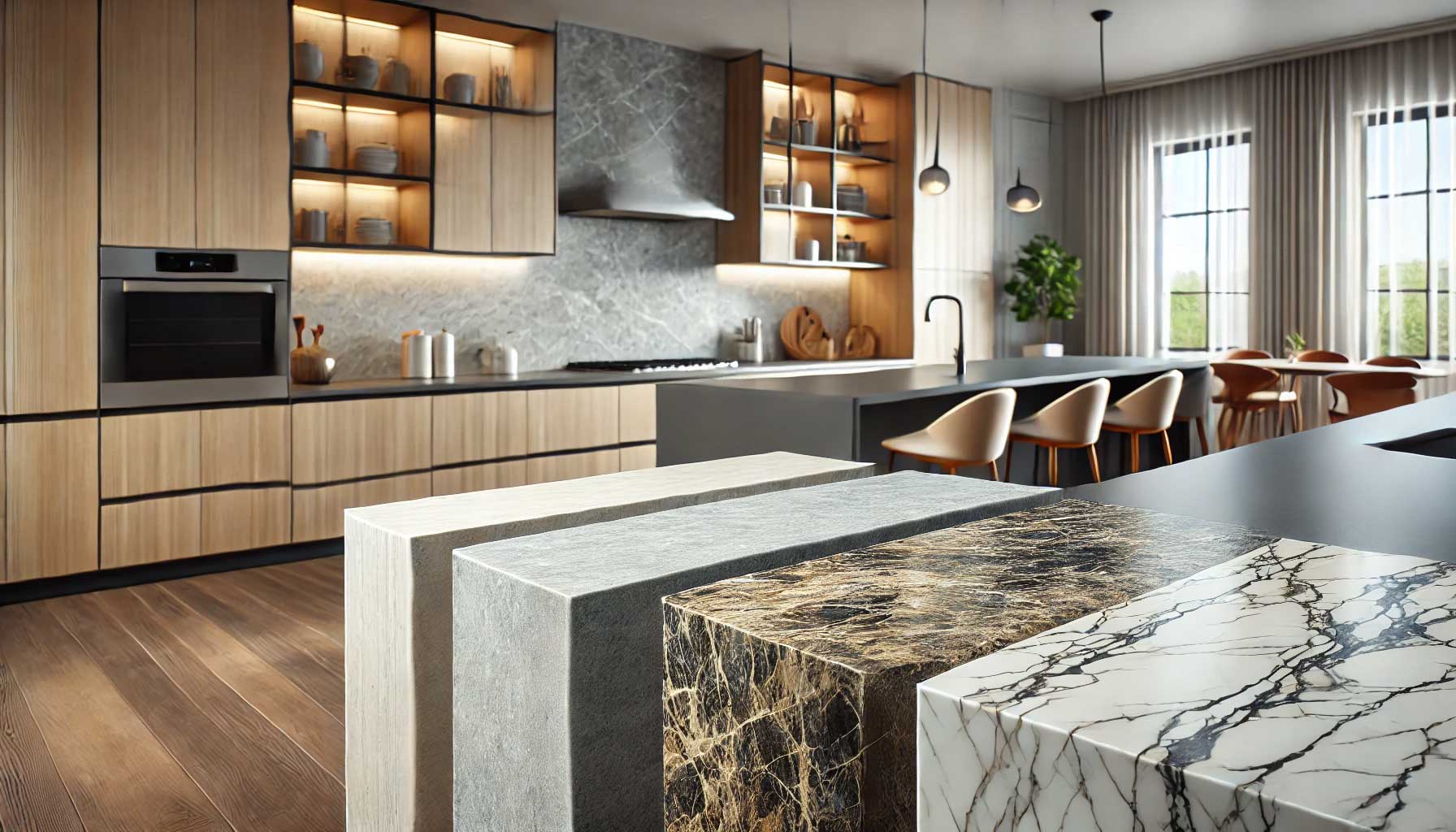Selecting the right ceramic tiles can completely transform your space — whether you’re designing a modern kitchen, a classic bathroom, or a cozy living area. Ceramic tiles are admired for their timeless beauty, easy maintenance, and exceptional durability. However, with endless colors, finishes, and patterns available, choosing the perfect tiles can be overwhelming. Understanding what to look for can help you make a confident decision that suits both your style and your space.
This guide breaks down the essential factors to consider when selecting ceramic tiles, ensuring your next project achieves the perfect balance between aesthetics and functionality.
1. Understanding Ceramic Tiles
Ceramic tiles are made from natural clay, sand, and water, shaped into slabs, and fired in kilns at high temperatures. The result is a hard, durable surface suitable for floors, walls, and decorative applications. Because of their versatility, ceramic tiles are used in both residential and commercial settings, offering a combination of style and performance that’s hard to beat.
They’re available in glazed or unglazed varieties, each offering distinct looks and benefits. Glazed tiles come with a protective coating that enhances color and provides stain resistance, while unglazed tiles have a more natural, textured appearance that’s ideal for rustic or outdoor designs.
2. Identify the Purpose of Your Space
Before buying tiles, determine where they will be used — not all tiles perform equally in every environment.
- Bathrooms & Kitchens: Choose tiles with a non-slip finish and high moisture resistance.
- Living Rooms & Bedrooms: Opt for glazed or polished tiles for a sleek, elegant appearance.
- Outdoor Areas: Go for textured, frost-resistant tiles that can withstand temperature changes and heavy foot traffic.
Selecting the right type ensures both beauty and long-term performance.
3. Consider Tile Size and Layout
Tile size dramatically affects the overall feel of a room. Large-format tiles can make a small space appear bigger, while smaller tiles offer more design flexibility in tight or detailed areas.
- Large Tiles: Great for open-plan rooms and contemporary designs.
- Medium Tiles: Ideal for balanced proportions in most homes.
- Mosaic Tiles: Perfect for backsplashes, borders, and accent walls.
The layout pattern — whether diagonal, herringbone, or straight — also influences the visual flow and style of the room.
4. Choose the Right Finish
Ceramic tiles come in several finishes, each creating a different aesthetic and functional result:
- Matte Finish: Offers a natural, understated look with better slip resistance — perfect for bathrooms or entryways.
- Glossy Finish: Reflects light beautifully, adding brightness to small or dark spaces, though it may be more prone to visible smudges.
- Textured Finish: Mimics natural materials like stone or wood, providing both character and traction.
The finish you choose should align with both your style preferences and the tile’s intended location.
5. Pay Attention to Color and Style
Color plays a key role in the mood and visual impact of your design.
- Light Shades: Make spaces feel open, airy, and larger.
- Dark Shades: Add warmth, depth, and sophistication.
- Neutral Colors: Offer flexibility for blending with various décor styles.
Modern trends favor tiles that replicate the appearance of natural materials, like marble, stone, or even wood — allowing you to combine elegance with easy maintenance.
6. Evaluate Durability and Maintenance
Ceramic tiles are known for their resilience, but it’s still important to consider their intended use. Floor tiles should be tougher and more scratch-resistant, while wall tiles can be lighter and more decorative.
Regular cleaning with mild detergents keeps ceramic surfaces looking new for years. Avoid harsh chemicals or abrasive tools, as these can dull the glaze over time.
7. Set a Budget — But Prioritize Quality
While affordability matters, investing in quality tiles ensures longevity and fewer repairs down the road. Quality tiles are more resistant to chipping, fading, and cracking, providing excellent value for money.
Compare prices from reputable suppliers and look for promotions or bulk discounts — but never compromise quality for short-term savings.
8. Work with a Trusted Supplier
The reliability of your tile supplier can make or break your project. Choose a store that offers professional guidance, product warranties, and a wide variety of designs to suit your taste and budget.
A supplier that provides expert advice can help you calculate the exact number of tiles needed, select the best adhesive, and plan your installation layout effectively.
9. An Example of Trusted Craftsmanship
A prime example of reliability and quality craftsmanship is Club Ceramic tiles. Known for their high durability, elegant finishes, and wide range of designs, they cater to diverse styles — from sleek, contemporary interiors to timeless classic settings. Each tile is crafted with precision, ensuring superior strength and long-lasting appeal, making them a top choice for homeowners and designers seeking excellence in both form and function.
10. Final Tips Before Purchase
Before finalizing your tile choice:
- Order extra tiles (about 10–15% more) for cutting and replacements.
- Inspect samples under both natural and artificial lighting.
- Verify slip resistance ratings if using in wet areas.
These simple steps help ensure consistency and satisfaction once the tiles are installed.
Conclusion
Choosing the right ceramic tiles is about more than color and pattern — it’s about balancing durability, functionality, and design harmony. By considering your space, style preferences, and the tile’s practical features, you can create a lasting impression in any room.










